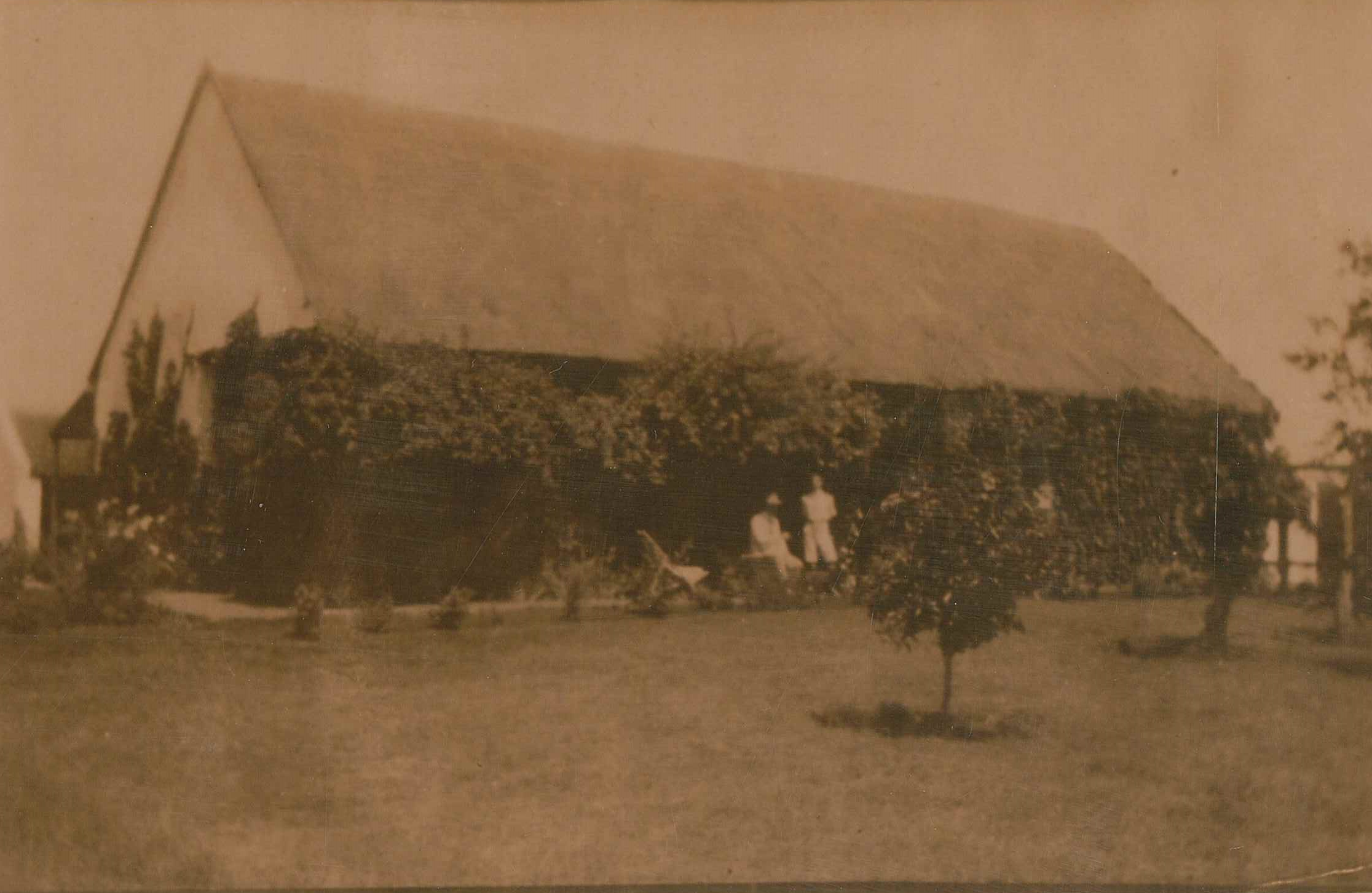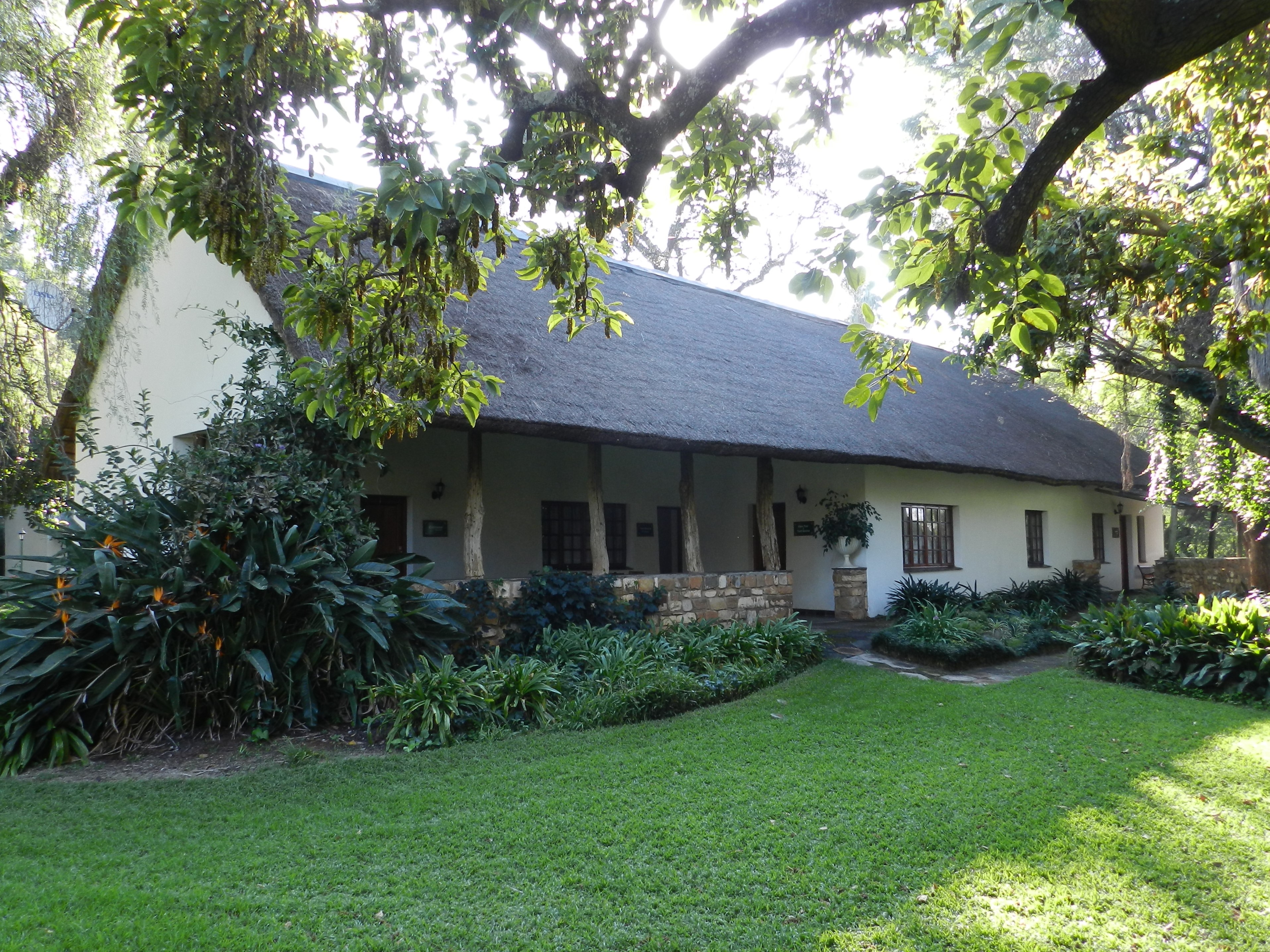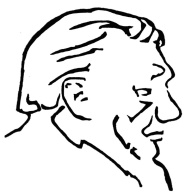



We offer an outline of our story for easy reading, and trust you will enjoy it. Please click on the section you want to read.
- President Paul Kruger Guest Lodge at Waterkloof, Rustenburg
- President Paul Kruger – Devout Christian, Family Man, Leader and Statesman
President Paul Kruger Guest Lodge at Waterkloof, Rustenburg





We are not family of President Paul Kruger, but we do have the privilege of owning a small portion of the first farm he received. To quote President Kruger from one of the last letters he wrote in 1904: “Seek, therefore, all that is good and beautiful in the past, build on it your ideal, and strive to realize that ideal for the future.”
The President Paul Kruger Guest Lodge strives every day to offer something good and beautiful for the enjoyment of our guests.
More than thirty years ago, Human and Pam Jordaan bought a portion of the farm Waterkloof in Rustenburg, as Human grew up in the area and wanted to return to his roots. The sixth owners since President Paul Kruger, they upgraded the original outbuilding with its stone foundation and thick walls to create four rooms. The rooms were named Gezina, Susanna, Vranciena, and Frederika, after Paul Kruger’s wife and daughters.
A few years later, Human and Pam renovated the house where President Kruger’s great-granddaughter was born. They designed a bridal suite and named it after President Kruger and his wife Gezina, who were married for 54 years. Four more rooms were accommodated in the house and named Johanna, Catriena, Helena and Willemiena, also after President Kruger’s daughters. The original kitchen with its brick fireplace is now a small meeting room.
A ground-floor apartment on the property, where the younger sons of Human and Pam Jordaan stayed as teenagers, is currently a self-catering apartment called Roosmaryn. It was named after the herb rosemary that originally grew outside the front door, now replaced with other plants.
During the renovation of the house, a venue was built close to the swimming pool and serves as a dining room and meeting room. It is called Ossewa, after the ox-wagons used during the Great Trek in which President Paul Kruger’s family also participated. These wagons served as a home and carried household goods, clothes, bedding, furniture, and even fruit trees. Guests at the President Paul Kruger Guest Lodge enjoy leisurely breakfasts in Ossewa with a view of the swimming pool.
In November 2023, a long-held dream came to fruition. We are excited to introduce our six Volmoed Self-Catering Rooms! These rooms are contemporary with fresh grey and white décor, and a hint of red. Every room has an original painting done by Pam Jordaan, co-owner of the President Paul Kruger Guest Lodge.
Global thatched roofing tradition continued at the President Paul Kruger Guest Lodge


Thatching is a traditional, environmentally sustainable roofing method used for thousands of years throughout the world. It has been, and still is used in Denmark, Great Britain, Germany, Holland, Japan, Sweden, United States, and of course South Africa. At the President Paul Kruger Guest Lodge, our buildings have thatched roofs as a continuation of the traditional building method used in the time of President Paul Kruger. Thatching is a great insulator, keeping rooms warm in the winter and cool in the summer.
Clivias, Catawbas and 100-year-old trees at the President Paul Kruger Guest Lodge



The President Paul Kruger Guest Lodge is surrounded by an established garden where Clivias, indigenous lilies, welcome spring with abundant bursts of orange. At the end of the year, around Christmas and New Year, the Catawba grapes ripen, and you can pluck them directly from the vines planted in front of Gezina, Susanna and Vranciena rooms. In the Afrikaans vernacular they are called glippertjies, because the sweet grape flesh is sucked out of the skin and slips into the mouth.
Some of the trees on the property are more than 100 years old and were marked by the Pilanesberg branch of the Dendrological Society of South Africa. In photos of the property from the early 1900s, young trees are visible, and one of them is a pepper tree (Schinus molle). It is not indigenous to South Africa and was probably planted next to the original homestead to provide shade and keep flies away with its peppery scent. Today it is knobbly with age, has some hollows, and hosts a colony of bees at times, but are still standing strong.
A common wild fig tree stands in the garden courtyard between the two buildings housing the President Paul Kruger Guest Lodge rooms. In the summer, African green pigeons congregate in the tree at sunset. With all the twittering, one gets the feeling a mass meeting is held to discuss the day’s events. Throughout the year, tree squirrels are at home in the many trees on the property. One will often see two younger squirrels chasing each other around while others chatter away in the distance.
The President Paul Kruger Guest Lodge is proudly South African and honours a time in South African history when a group of Dutch-Afrikaans people fought for their right to be independent of Great Britain. But who was President Paul Kruger, after whom our accommodation establishment is named?
President Paul Kruger – Devout Christian, Family Man, Leader and Statesman
People who enjoy viewing South African wildlife is familiar with the Kruger National Park, and those that prefer collecting gold coins might own a Krugerrand. Both the national park and the gold coin are named after President Paul Kruger. Born in 1825, Paul Kruger became a family man, leader, politician, and hunter. He was a man of deep faith who, when at rest, always sat reading his Bible despite having limited formal schooling. Paul Kruger loved hunting and shot his first lion at 11 years old. In later years, during a hunting expedition, his gun exploded in his hands, blowing off most of his left thumb.
Paul Kruger started his military career as a teenager, as was the norm in those times. Though he came from a humble background, he visited England a few times to negotiate with the British for independence, to no avail. The ‘Boers’, as they were called, then entered into the First Anglo-Boer War, also known as the First Transvaal War of Independence (1880 – 1881). As a politician, he played a prominent role in uniting the Boer communities when they were in conflict with each other. Paul Kruger was elected as President of the South African Republic (Transvaal) four times.
A committed family man, President Kruger knew the sorrow of losing his first wife and child to malaria. He married a second time and, with his wife Gezina, had sixteen children, although some died in infancy. President Kruger and Mrs Kruger were happily married for fifty-four years, but due to illness and circumstances related to the Second Anglo-Boer War (1899-1902), they never saw each other during the final year of their married life.
Paul Kruger lives on the farm Waterkloof, Rustenburg District

Image provided by Mr Richard Rusk who purchased the farm from the Kruger family
President Paul Kruger was ten years old when his family participated in the Great Trek (1835 – 1846), an event depicted in detail at the Voortrekker Monument in Pretoria. The Kruger family moved from the Cape to the Magaliesberg mountain range in the Transvaal. Their only transport was an ox wagon and horses, with which they travelled nearly one thousand kilometres (621 miles), including a crossing over the 3500-metre slopes of the Drakensberg mountains.
In 1841, as a 16-year-old boy, Paul Kruger settled on the farm Waterkloof in the Rustenburg district. According to sources[i], he lived on the farm for more than thirty years and was still on the farm in 1873. Many years later, a grandson of President Kruger, Frikkie Eloff, farmed on Waterkloof. Paul Kruger’s great-granddaughter Gezina was born[ii] in the home currently used by the President Paul Kruger Guest Lodge.
President Paul Kruger’s character – Comforting an English mother

Image courtesy of the J. Paul Getty Museum, Los Angeles, USA
As a father to many children, President Kruger understood a mother needs to know her son is safe. In the days before the first Anglo-Boer War (1880–1881), he received a letter from Mrs Ann Leach of Blackburn, England. Her son, Harry Leach, was nineteen years old and travelled to South Africa to work as a machinist. Mrs Leach was concerned about Harry as she had no word from him.
Upon receiving Mrs Leach’s letter, President Kruger sent his people to search for Harry. They found him at the Pretoria station and took Harry to the President’s home. President Kruger and his son Tjaart, who spoke English well, were sitting on the veranda when he arrived. The President greets Harry by hand, asks him to take a seat, and offers tobacco from his tobacco pouch. Then he looks straight into Harry’s eyes and asks, “Son, why are you not writing to your mother in England? Is it fair to let your parents be so anxious about your whereabouts?”. Tjaart Kruger served as a translator as the President spoke Dutch and Harry only English.
Harry felt uncomfortable and mentioned, amongst other reasons for not writing, that he had been ill for quite some time. And that he had to write in Dutch due to the sensors but struggled to write in the language. The President patiently listened to Harry’s explanations and sent him to Mrs Kruger.
Mrs Kruger was in the parlour and offered Harry coffee with rusks. She also asked Harry, “Why do you not write home?”. He offered Mrs Kruger the same explanations, but they did not find favour with her either. Right there and then, Harry had to sit at a table and write a letter to his mother. President Kruger included a letter of his own to accompany Harry’s, where he acknowledged receipt of Mrs Leach’s letter and informed her that they found Harry at the Pretoria station and he was safe.
President Kruger’s family interned – Nobody wins at war



Nobody wins at war. Although the two Anglo-Boer Wars were an uneven battle between a few thousand mostly farmers and the mighty British Empire, mothers lost sons and families their loved ones on both sides. It was, however, during the Second Anglo-Boer War that the greatest losses were felt by the Boers, due to the British scorched earth policy.
Between 1900 and 1902, the British Government sent thousands of Boer men to prisoner-of-war camps in St Helena, Ceylon, Bermuda and Portugal. Tens of thousands of women, children and farm workers were forcibly interned in camps after farms were burnt down by the British. Emily Hobhouse, an English social worker, often reported about these concentration camps where more than 20,000 children died due to hunger and disease.
From the farm Waterkloof, thirty-one people, including many of Paul Kruger’s family, were taken to various concentration camps. President Kruger’s wife, Gezina, nursed some of her orphaned grandchildren after they were released from the camps.
The American connection – American support for President Kruger
James (Jimmy) Smith, Messenger No. 1534 to the American District Telegraph Company, arrived in Pretoria, South Africa, on 29 May 1900. He had travelled 18 808 kilometres (11 755 miles) and carried with him a silken roll and leather case. Over his uniform, young Jimmy wore a sash inscribed with the words “School Boys’ Messenger to President Kruger sent by the Philadelphia North American”.
In 1900, the Philadelphia North American newspaper gathered 29 000 signatures from schoolboys in Philadelphia (15 000), New York (10 000), and Boston (4 000). It was in support of the South African Republic’s fight for independence from British Rule. Jimmy was accompanied by Hugh Sutherland, a journalist, and before departure, they had a farewell function at the Philadelphia Academy of Music and a reception at the Waldorf Astoria in New York.
Upon arrival in Pretoria, Jimmy met President Paul Kruger and handed over the silk roll containing the twenty-nine thousand signatures and the leather case. In the leather case was a war album of press cuttings, drawings, and photographs from the American press about the Anglo-Boer War.
Jimmy returned safely to America, and his travels were written about in the 17 September 1900 edition of the New York Times newspaper. President Kruger was also offered honorary citizenship by the City of Chicago.
President Paul Kruger fêted throughout Europe

Image courtesy of the J. Paul Getty Museum, Los Angeles, USA
In 1878, Paul Kruger and a deputation visited England with another request for independence from the United Kingdom, with no success. On the way home they stopped at the 1878 World Expo in Paris. There, the farmer, soldier, and politician from a small region in South Africa flew in the Henri Giffard hot air balloon. According to his great-granddaughter, he asked the pilot if it could take him all the way home to the Transvaal, South Africa.
Twenty-two years later, in 1900, Paul Kruger would return to Europe as the President of the Zuid-Afrikaansche Republiek (ZAR) on a ship provided by Queen Wilhelmina of the Netherlands. The boat arrived safely in Marseilles, France, where he was warmly welcomed. Upon arrival at the Hôtel de Noailles in Marseilles, he had to appear on the balcony time and time again to acknowledge the cheering crowds. President Kruger experienced similar scenes in Belgium, Germany, and the Netherlands.
In his lifetime as President, Paul Kruger further received orders, decorations, medals and tributes from Switzerland, Austria, Turkey, Israel, Hungary, Italy, Spain, Portugal, Monaco, and Ireland.
We hope you enjoyed travelling through the history of the President Paul Kruger Guest Lodge, Rustenburg, South Africa and President Paul Kruger. We look forward to seeing you soon!
[i] Paul Kruger, Dr J.I. Rademeyer, 1962, Afrikaanse Pers-Boekhandel
[ii] Die President en Ek, Herinneringe van Magdalena Eloff soos vertel aan Gezina du Plessis, 1971, Tafelberg-Uitgewers Bpk.
President Paul Kruger Guest Lodge @ 2023 All rights reserved.
